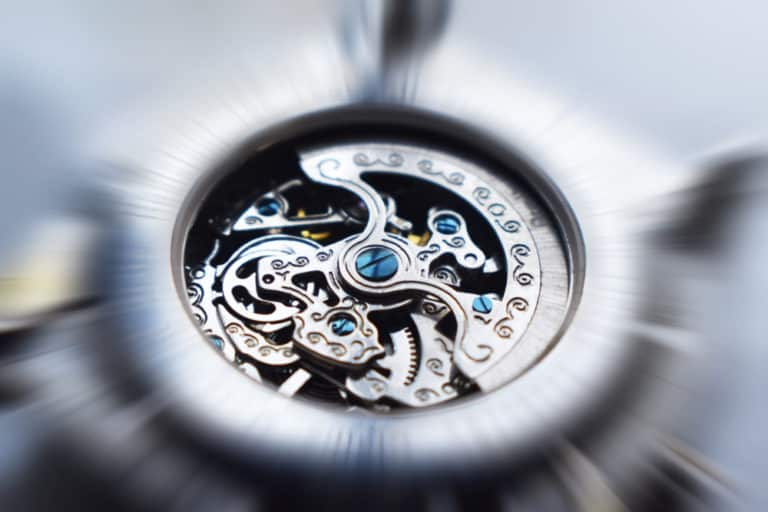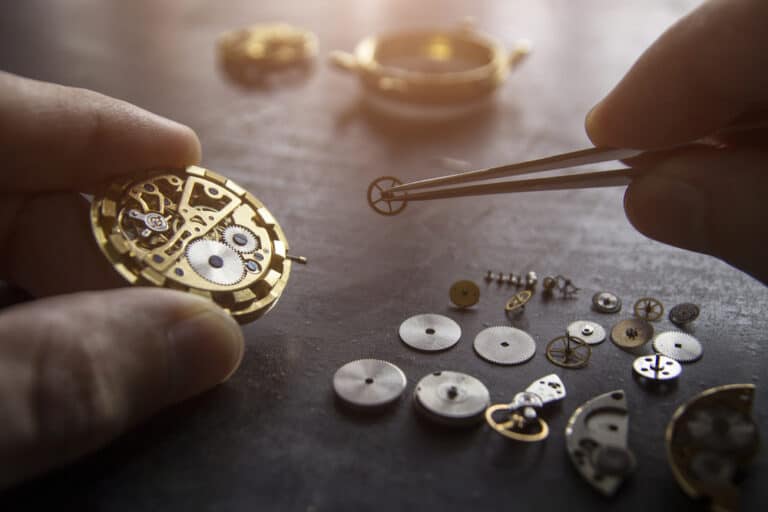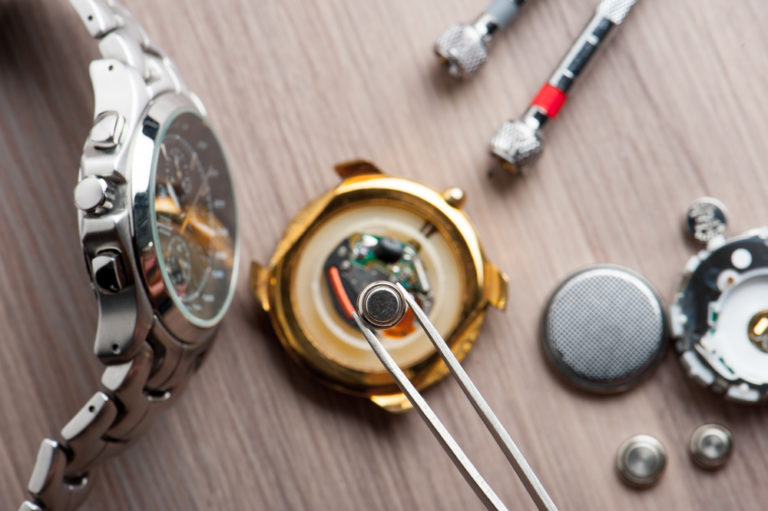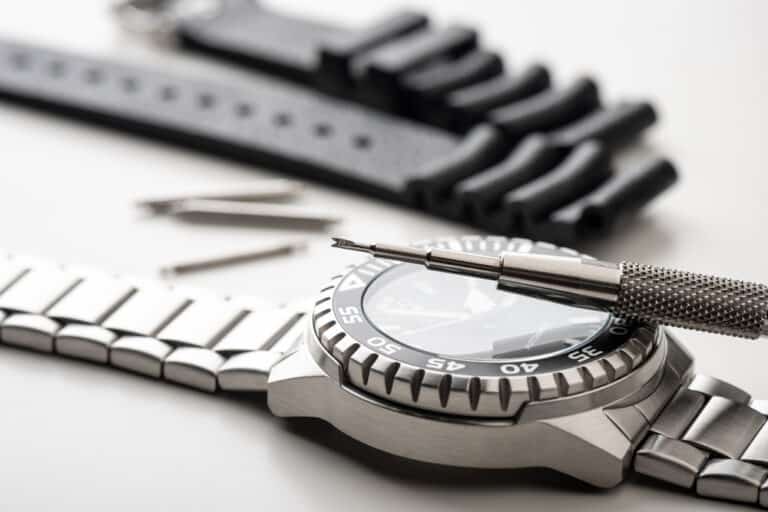In the 1980s, the Swiss watch manufacturer Rado was the first company to develop a manufacturing process for ceramic watches. The manufacturing processes have evolved over the years and are now used by most high-end watch companies.
Ceramic watches are expensive because the materials used in their manufacture are very pure, and the manufacturing process is very complex and lasts up to two weeks for each watch case. Finally, high-end, limited edition watch movements are often mated with ceramic watch cases.
Apart from the high cost, the only real downside of having a ceramic watch is that if dropped t the right angle from high enough, it will shatter into little bits. Despite this, it is one of the strongest materials and won’t scratch or rust.
The Reason Why Ceramic Watches Are So Expensive
There are three primary reasons why ceramic watches are so expensive.
- The materials used to manufacture ceramic watch casings
- The Ceramic Watch manufacturing process.
- The type of watches installed in a ceramic case.
The Materials Used To Manufacture Ceramic Watch Casings
Ceramic watch cases are among the most expensive to manufacture, partly due to the materials used. Unlike “domestic” ceramics from earthenware, the materials used to manufacture watch cases are made from pure substances.
A material that meets the definition of ceramic must fit the following criteria.
- Inorganic.
- Nonmetallic.
- Solid.
All materials classified as ceramic can be divided into four material types.
- Engineering ceramics.
- Tableware.
- Bricks.
- Tiles.
Engineering ceramics can be further divided into many different materials, which have a wide range of uses, from electric insulators to the noses on rockets.
The materials which make up the engineering ceramic for watches may contain some of the following elements.
- Aluminum.
- Carbides.
- Nitrides.
- Oxides.
- Silicium.
- Titanium carbide.
- Yttrium.
- zirconium-oxide
The Ceramic Watch Manufacturing Process
The stages of ceramic watch manufacturers are very complex, which results in the price being much higher than some other materials, such as stainless steel or other alloys.
The manufacturing process (known as sintering) follows the steps below.
- The ceramic powder is created by mixing the raw materials and alloys.
- The raw materials are placed into a cast.
- The cast and materials are subjected to very high pressures and temperatures.
- The molten ceramic is cooled for two weeks before it is withdrawn from et furnace.
The Type Of Watches Installed In A Ceramic Case
Because the materials used and the manufacturing process of watch cases cost so much, the watch movements and the crystal used are also very precise, and therefore the watches tend to be very expensive and limited edition watches.
No watch manufacturer can economically use ceramic material for their products in lower-cost, mass-appeal watches.
Materials Used To Manufacture Watches
The materials used to manufacture watch cases are as follows.
There are five basic materials used to manufacture watch casing.
- Plastic Watches
- Stainless Steel Watches
- Gold Watches
- Titanium Watches
- Ceramic Watches
Plastic Watches
Plastic watch casings are used for low-cost consumer or children’s watches.
The Advantage Of Plastic Watch Covers Are
The advantages of using plastic for manufacturing a watch cover are listed below.
- They are cheap to manufacture and therefore are sold at a relatively low cost.
- They do not rust.
- If cracked or chipped, they can be reglued together.
- They are lightweight.
The Disadvantage Of Plastic Watch Covers Are
The disadvantages of using plastic for manufacturing a watch cover are listed below.
- They are easily scratched.
- They have less tensile strength and so can be damaged more easily.
- They are made in a few molds, so nothing is unique about them.
- The movements used are generally low-cost.
- They may not be waterproof.
Stainless Steel Watches
Stainless steel is commonly used to manufacture watch cases.
The Advantage Of Stainless Steel Watch Covers Are
The advantages of using stainless steel for manufacturing a watch cover are listed below.
- Stainless steel resists corrosion.
- Stainless steel is not damaged by moisture or sweat.
- People with allergies can safely wear stainless steel watches.
- 316L stainless steel resists scratching
- Stainless steel watches are sold at an affordable price.
The Disadvantage Of Stainless Steel Watch Covers Are
The disadvantages of using stainless steel for manufacturing a watch cover are listed below.
- 904L stainless steel watches are easily scratched
Gold Watches
Gold watches are used to represent the highest quality watch. For several reasons, it has slipped from its perch; however, some high-end watch manufacturers still use Gold in their products.
The Advantage Of Gold Watch Covers Are
The advantages of using Gold for manufacturing a watch cover are listed below.
- Gold is still associated with valuable, high-end watches.
- Gold watches have a “perceived” higher value.
- Gold resists corrosion.
The Disadvantage Of Gold Watch Covers Are
The disadvantage of using Gold for manufacturing a watch cover are listed below.
- Gold is more expensive.
- Gold can be scratched.
- Gold is heavy.
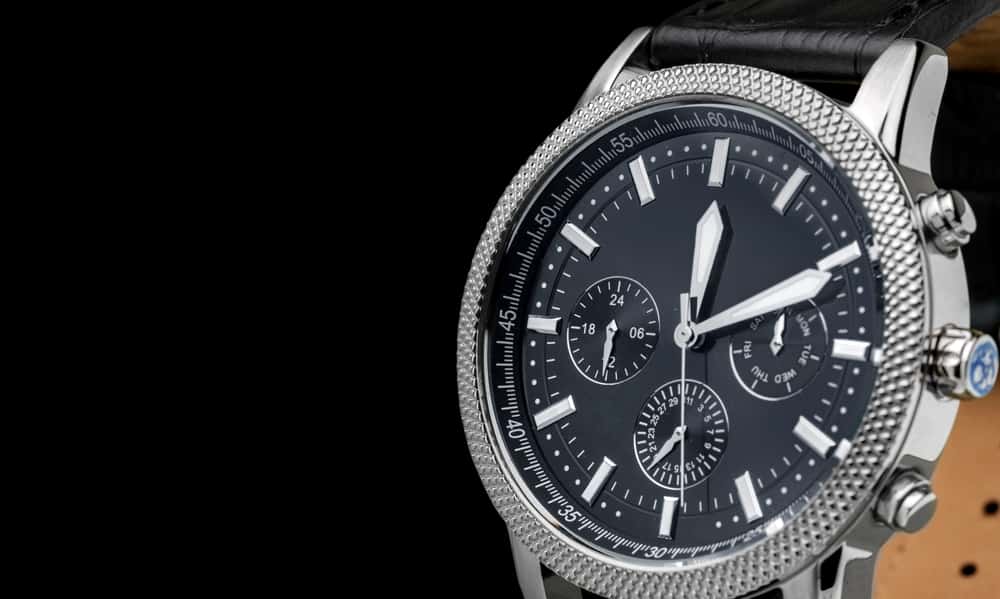
Titanium Watches
Titanium is a material used for a wide range of uses, from aerospace to medicine.
The Advantage Of Titanium Watch Covers Are
The advantages of using Titanium for manufacturing a watch cover are listed below.
- Titanium weighs approximately half of stainless steel watches.
- Titanium is reputed to have three times the tensile strength of stainless steel.
- Titanium is hypoallergenic.
- Titanium resists corrosion.
- Titanium tolerates acids.
The Disadvantage Of Titanium Watch Covers Are
The disadvantages of using Titanium for manufacturing a watch cover are listed below.
- It is difficult to work with.
- The high costs of manufacturing translate to high retail prices.
Ceramic Watches
As discussed, Ceramic watches are only produced and sold by high-end watchmakers.
Ceramic material offer advantages and disadvantages when used as the material for watches.
The Advantages Of Ceramic Watches
The following qualities make ceramic watches impervious to scratches and fading.
- Ceramic watches remain looking good for longer because they resist scratches and wear
- Ceramics are renowned for their hardness, particularly when compared to steel and Gold and silicon carbide is 400% harder than stainless steel.
- Ceramics are not affected by the sun’s ultraviolet rays produced by the sun.
- Ceramic watches weigh less than other materials.
- Ceramic watches are very inert and will not ever corrode.
- The inert feature of ceramic watches is caused by the oxide layer which covers the surface, making them safe to be worn by people with allergies and who are sensitive to other materials.
- The darker ceramic colors are more easily manufactured, and blacked-out watches continue to have grown in popularity with this.
- Because the dark color is embedded in the material, it is resistant to fading and wear.
- Ceramics can withstand temperatures conditions that range from -100°C to 1,600 °C (-148 °F to 3,000 °F).
The Disadvantages Of Ceramic Watches
The disadvantages of ceramic watches are listed in the following list.
- Due to the low ductility and toughness of ceramics, the primary disadvantage is the materials’ vulnerability to strong impact, where they may shatter.
- Ceramics is an expensive material.
- While Ceramic watches don’t age, the watch’s downside is that they are not unique and mass-produced.
- Cracked or shattered ceramic watch bodies cannot be repaired.
Conclusion
Ceramic watches are so expensive because of the materials used in manufacture, the complex manufacturing process, and the quality of watch movements installed within the covers.


